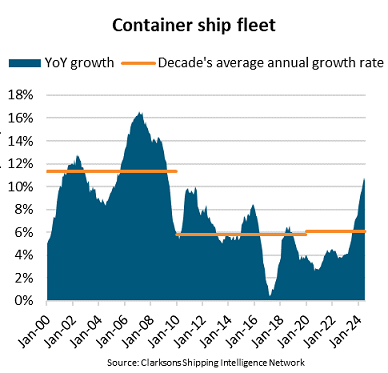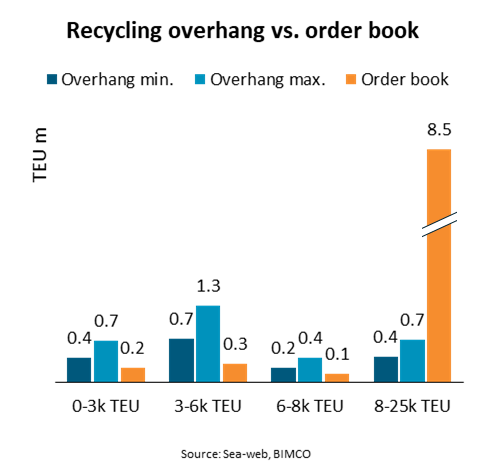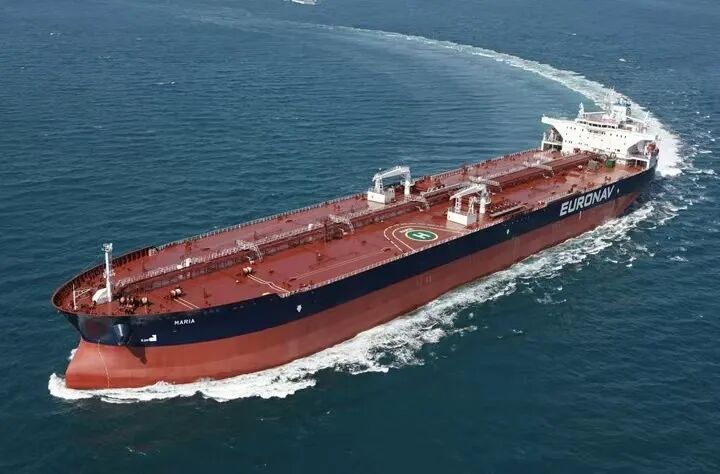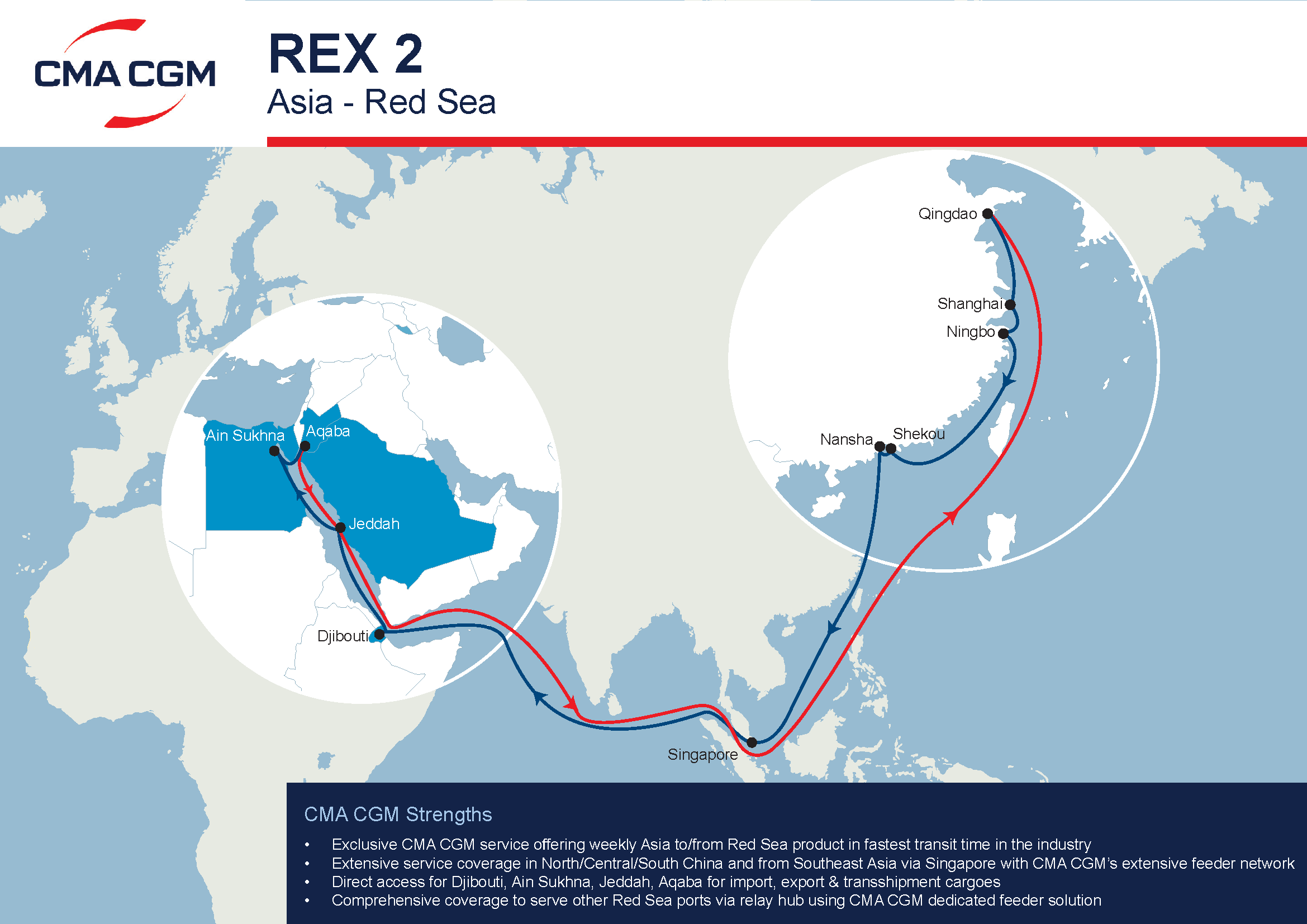Since the beginning of the year, the capacity of the container ship fleet has increased by 1.6m TEU. Compared to one year ago, the capacity has risen 11% to 29.5m TEU, the fastest fleet growth in 15 years,” says Niels Rasmussen, Chief Shipping Analyst at BIMCO.
During the first half of 2024, the delivery of new ships reached a new high. A total of 264 ships with a combined capacity of 1.6m TEU have been delivered from shipyards, two thirds more than during the first half of last year when the previous record was set.
Though a new benchmark has not been set, high demand for ships has contributed to keeping recycling of ships at a low level. Strong cargo volume growth and the rerouting of ships via the Cape of Good Hope have contributed to the recycling of only 36 ships with a combined capacity of 51k TEU.
“Despite the record, shipowners have continued to place orders for new ships. Year-to-date, a total of 63 ships with a combined 0.4m TEU capacity have been ordered and the order book-to-fleet ratio remains high at 19%,” says Rasmussen.
Already now, the order book contains orders for delivery in 2028 and an average of 1.5m TEU are scheduled for delivery each year between 2025 and 2027.
The combined capacity of 12k-17k TEU ships has grown the fastest. This segment is now the largest within the container fleet, making up 22%. The segment’s capacity grew 25% YoY and the growth made up nearly 50% of the overall fleet’s growth.
In fact, the 12k-17k TEU segment of ships was also the main driver of growth during 2022 and 2023. In addition, the segment will also dominate growth in the coming years as it makes up more than 50% of the capacity on order.
Ships larger than 17k TEU dominated growth during 2015-2021 but only make up 17% of the capacity in the order book. Shipowners’ focus has shifted from the larger ships as they are operationally limited to ports in Asia and Europe and the 212 ships already in service cover most of these trade lanes.
“The container fleet’s capacity is expected to exceed 30m TEU for the first time at the end of the 3rd quarter and hit 30.5m by the end of 2024. By the end of 2027, the current order book will add another 4.3m TEU. As cargo volume growth is unlikely to match this expansion, we expect ship recycling to increase and temper overall fleet growth. In addition, if ships can eventually return to the Red Sea and the Suez Canal, demand for ships will fall,” says Rasmussen.

source: BIMCO
Please Contact Us at:






